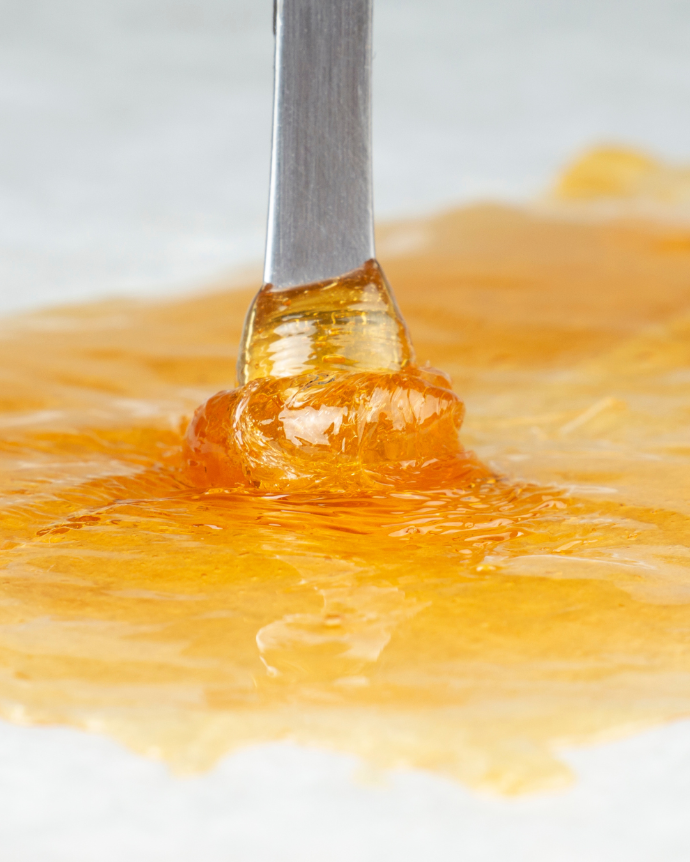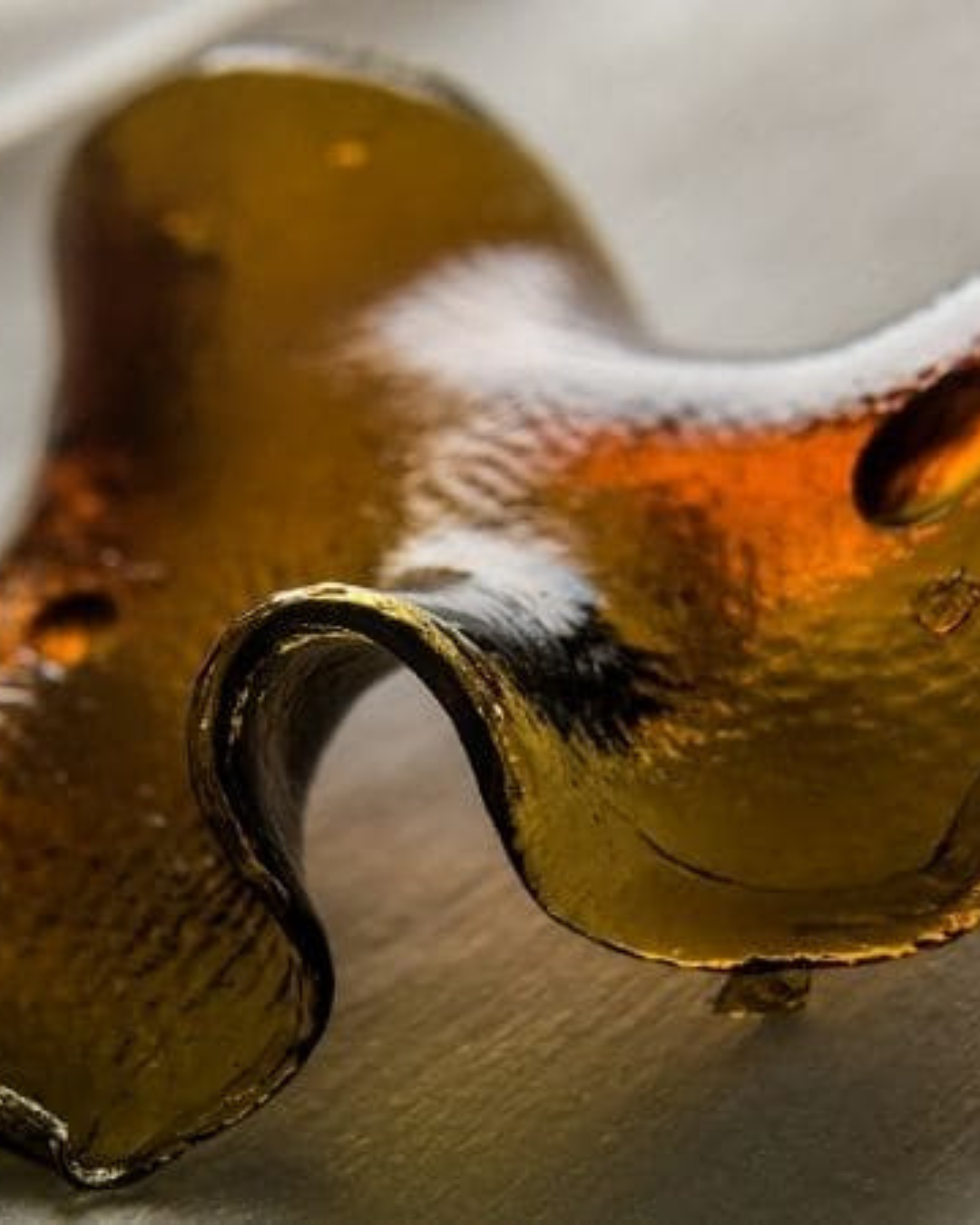Cannabis extraction is the art of concentrating cannabinoids and other beneficial compounds present in the plant, while discarding unwanted plant matter. This process is essential for producing potent and effective products and has become increasingly popular in therapeutic applications, both in medicinal and recreational cannabis.
Types of cannabis extraction
Cannabis extraction encompasses various processes that concentrate cannabinoids and terpenes from the plant, while removing plant matter. They are divided into mechanical cannabis extraction, which uses physical methods to separate trichomes, such as dry sift, ice-o-lator, and rosin, and chemical cannabis extraction, which employs solvents to isolate compounds, such as BHO, RSO, and CO2 supercritical extraction. These methods have gained interest due to cannabis legalization and its therapeutic applications, with cannabinoids and terpenes being the most studied compounds due to their impact on the flavor and effects of the plant.
Mechanical cannabis extraction
There are several devices and tools that can be used for home cannabis extraction, allowing for a faster process than traditional methods. From containers with screens for sifting marijuana to machines like the Pollinator, designed to extract resin in an automated and efficient manner. Mechanical cannabis extraction harnesses physical processes to separate cannabinoids and terpenes from the plant, without using chemical solvents.
Cannabis extraction: Rosin

El rosin implica aplicar calor y presión a las flores para extraer resina de alta calidad sin solventes. Es un método de extracción que utiliza presión y calor para obtener la resina de las flores de marihuana. Se realiza con máquinas prensadoras especiales que aplican una gran presión y controlan la temperatura para producir un producto de alta calidad.
Aunque se menciona la posibilidad de hacer rosin en casa con una plancha de pelo y papel de horno, este enfoque generalmente produce resultados mediocres y no se recomienda.
El dry sift consiste en tamizar las flores para separar los tricomas de la materia vegetal, produciendo kief de alta calidad. El ice-o-lator utiliza agua y hielo para hacer que los tricomas se separen más fácilmente, creando bubble hash o hachís al agua.
Extracción de cannabis: el charas y el hachís con tamiz
Dentro de la extracción de cannabis mecánica, existen métodos tradicionales como el charas y el hachís con tamiz. El charas, utilizado desde hace siglos en la India, Nepal, Marruecos, Pakistán y Afganistán, implica frotar los cogollos entre las manos para recolectar los tricomas llenos de resina y luego se moldea en hachís.
Por otro lado, el hachís con tamiz, típico en Marruecos y Afganistán, se obtiene golpeando la marihuana sobre un tamiz para recoger la resina filtrada.
Ambos métodos producen extractos concentrados de cannabis, conocidos como kief o hachís, que se pueden verificar por su alta calidad observando si burbujean al calentarse, lo que indica un alto contenido de cannabinoides y terpenos.
Otras técnicas de extracción de cannabis mecánicas
Otra técnica mecánica de extracción de cannabis es la extracción con hielo, conocida como Ice-O-lator, Fresh Frozen o Water Hash. En este proceso, se utiliza hielo y agua para congelar la planta sin secarla, y se emplean diferentes mallas con distintos tamaños de poros para filtrar las impurezas. Aunque es común hacerlo con lavadoras especialmente diseñadas, también se puede intentar realizar este proceso de forma casera.
Para la extracción casera con frío, se requiere un cubo con hielo. Es importante contar con un kit especial que incluye mallas de diferentes tamaños para obtener los mejores resultados. El proceso implica llenar el cubo con agua fría y hielo, colocar los cogollos dentro de las mallas sumergidas y agitar el material en el agua fría durante un tiempo específico. Después, se retira la bolsa con cuidado y se elimina el exceso de agua gradualmente. Una vez deshidratado, el producto se moldea para darle la forma deseada.
Extracción de cannabis química
La extracción de cannabis química o también llamada con solventes, implica el uso de una sustancia que actúa como disolvente de los cannabinoides, como gases o alcoholes. El proceso consiste en disolver los tricomas, donde se encuentran concentrados los cannabinoides, en el solvente líquido. Luego, la mezcla se filtra y se purga en un horno o con una bomba de vacío para eliminar cualquier rastro del solvente en el extracto, asegurando que esté libre de solvente y permitiendo una mayor precisión y concentración de compuestos específicos.
Dentro de estos métodos, las tinturas de cannabis caseras son muy populares entre los consumidores de cannabis medicinal. Se realiza sumergiendo las flores de cannabis descarboxiladas en alcohol durante varias semanas, agitando periódicamente, y luego filtrando la mezcla.
Por otro lado, los aceites de cannabis caseros son otra opción popular para obtener aceite de marihuana en casa. En este método, en lugar de alcohol, se utiliza un aceite comestible para macerar los cogollos de cannabis descarboxilados. Después de calentar el aceite con los cogollos, se deja reposar en un tarro de cristal durante varios días en completa oscuridad.
Las extracciones químicas utilizan solventes para extraer los cannabinoides y terpenos de la planta. El BHO, que emplea butano como solvente, y el RSO, que utiliza etanol, son métodos populares para obtener extractos altamente concentrados. Sin embargo, el método más destacado es la extracción con CO2 supercrítico, conocido por su eficacia y seguridad, ya que no deja residuos tóxicos. Requiere equipos especializados y conocimientos específicos, y no se puede realizar en casa.
Chemical cannabis extraction: BHO

El BHO (butane hash oil) es un método de extracción de cannabis químico, que usa butano como solvente para extraer los cannabinoides y terpenos de las flores de cannabis.
Aunque es eficiente, su seguridad es una preocupación debido a la inflamabilidad del butano. Produce diferentes tipos de extractos como Shatter, Sugar, Crumble, Wax, Cookies, Amber Glass, Moonrock o Budder, que varían en textura y consistencia.
Extracción de cannabis química: RSO
El RSO (Rick Simpson oil) emplea etanol como solvente y es conocido por su alta potencia y versatilidad. Es un aceite de cannabis de espectro completo que concentra una amplia variedad de cannabinoides, siendo predominantes el THC y el CBD. Este método fue popularizado por Rick Simpson, quien lo utilizó para tratar su propia enfermedad y lo distribuyó de forma gratuita.
Extracción de cannabis química: CO₂
La extracción de cannabis química con CO₂ supercrítico utiliza dióxido de carbono en un estado supercrítico para extraer compuestos selectivamente sin dejar residuos. Es preferido en la industria del cannabis por su eficacia y seguridad, ya que el CO₂ se convierte en gas nuevamente y no permanece en el producto final.
Aplicaciones terapéuticas y recreativas
La extracción de cannabis ofrece una amplia gama de aplicaciones terapéuticas, tanto para el uso de cannabis medicinal como de cannabis recreativo. Desde aceites y tinturas hasta concentrados más potentes como el shatter o el wax, los productos derivados de las extracciones de cannabis proporcionan opciones para diversos usuarios y necesidades.
Es importante destacar que, si bien la extracción de cannabis ofrece numerosos beneficios, también conlleva riesgos y consideraciones de seguridad. Es crucial seguir las mejores prácticas y, en el caso de la extracción de cannabis con solventes, realizar el proceso en un entorno controlado y seguro para evitar accidentes.
El arte de la extracción de cannabis es un campo fascinante que combina tradición con innovación. Con una amplia variedad de métodos y técnicas disponibles, los cultivadores, consumidores y expertos en cannabis tienen la oportunidad de explorar y experimentar con los diferentes extractos para encontrar la opción que mejor se adapte a sus necesidades y preferencias.